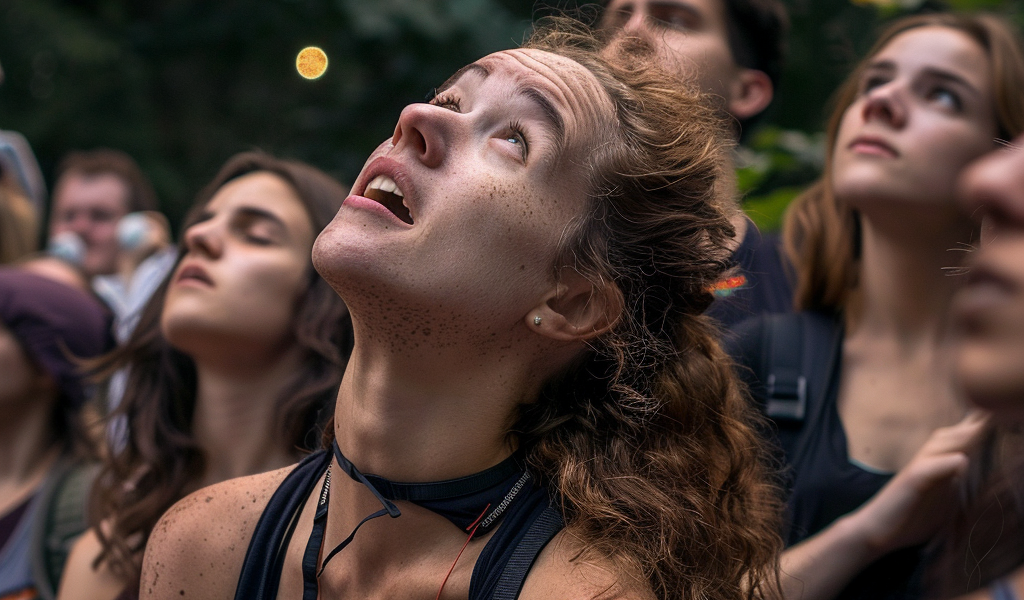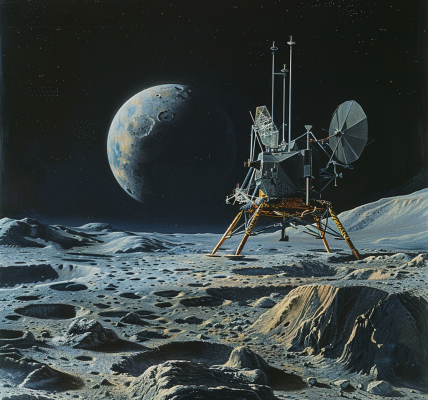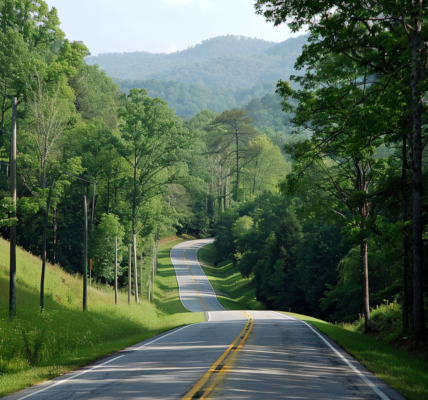North America is gearing up for a spectacular celestial event as a total solar eclipse is set to darken the skies on April 8. Anticipation is high as millions of people prepare to witness this rare occurrence, which is expected to last for over four minutes.
A total solar eclipse occurs when the sun, moon, and Earth align perfectly, resulting in the temporary blocking of sunlight. The quality of the viewing experience will be influenced by weather conditions and the location from which observers watch the eclipse.
The path of totality, where the sun will be completely obscured, will traverse parts of Mexico, the United States, and Canada. While those outside this path will still be able to witness a partial eclipse, those within the path will have the opportunity to witness the awe-inspiring moment in its entirety.
NASA has provided details on the eclipse’s trajectory, stating that it will commence over the South Pacific before making its way to Mexico’s Pacific coast at approximately 11:07 a.m. Pacific Time. From there, it will progress through Texas, crossing a series of states before exiting the U.S. from Maine and entering Canada through Ontario. The eclipse will then traverse the nation before departing into the Atlantic from northeastern Canada.
An estimated 44 million people reside within the 185-kilometer-wide path of totality, with approximately 32 million in the U.S. The eclipse is projected to last an impressive four minutes and 28 seconds, nearly double the duration of the 2017 eclipse. Notably, the U.S. is not expected to witness another coast-to-coast total solar eclipse until 2045.
Kelly Korreck, leading NASA’s eclipse watch program, expressed excitement about the upcoming event, noting that it provides an opportunity for many to marvel at the wonders of the universe without having to travel far.
For those outside the path of totality, a partial eclipse will still be visible. However, the extent of the sun’s coverage will diminish the farther observers are from the path. For instance, individuals in northwestern cities such as Seattle and Portland can expect to see approximately one-third of the sun obscured.
As with previous eclipse events, caution is being advised against directly looking at the sun during the event, emphasizing the potential dangers involved. It is essential for observers to take necessary precautions to ensure a safe and enjoyable viewing experience.





